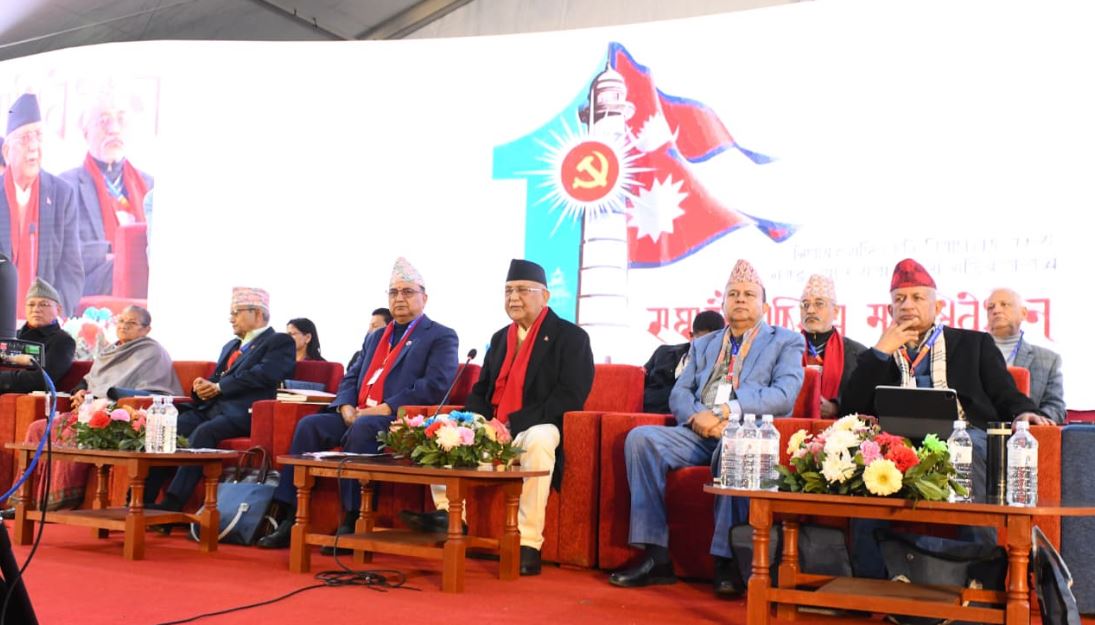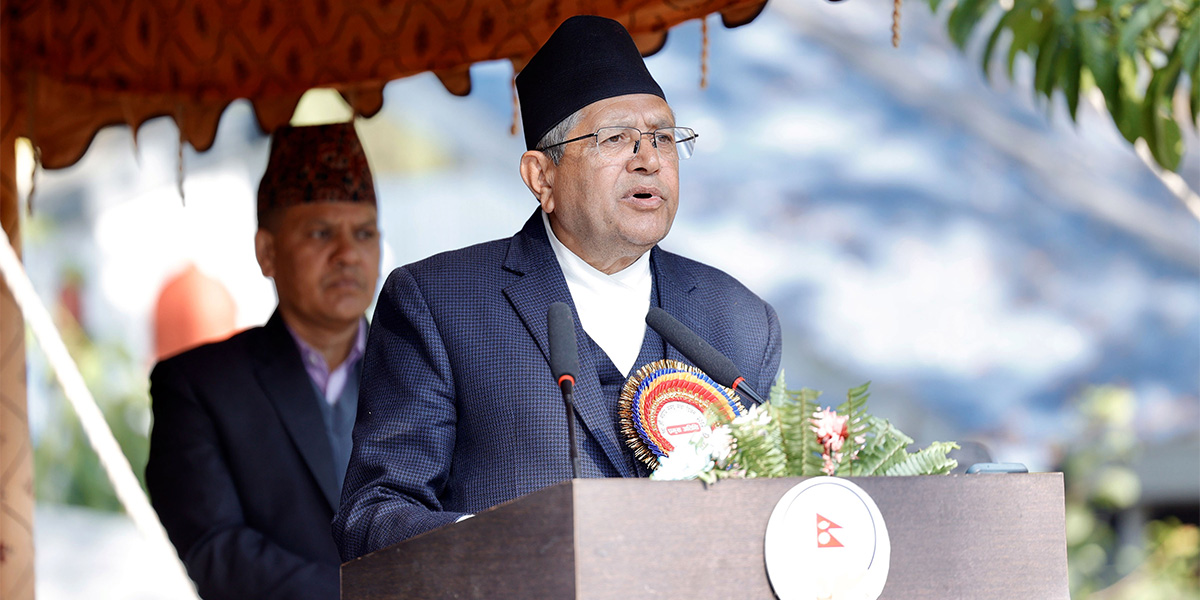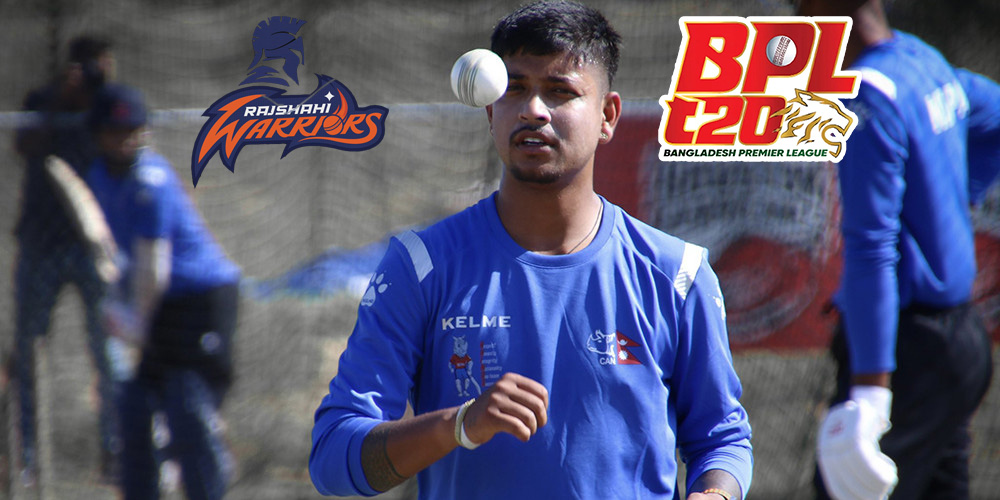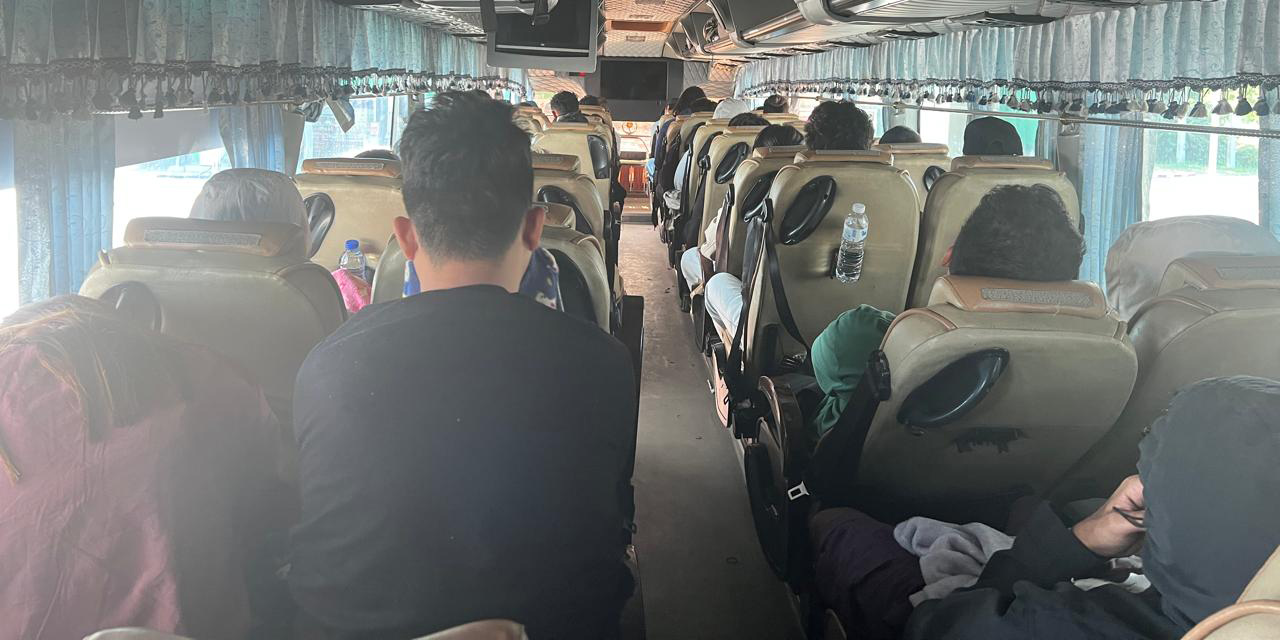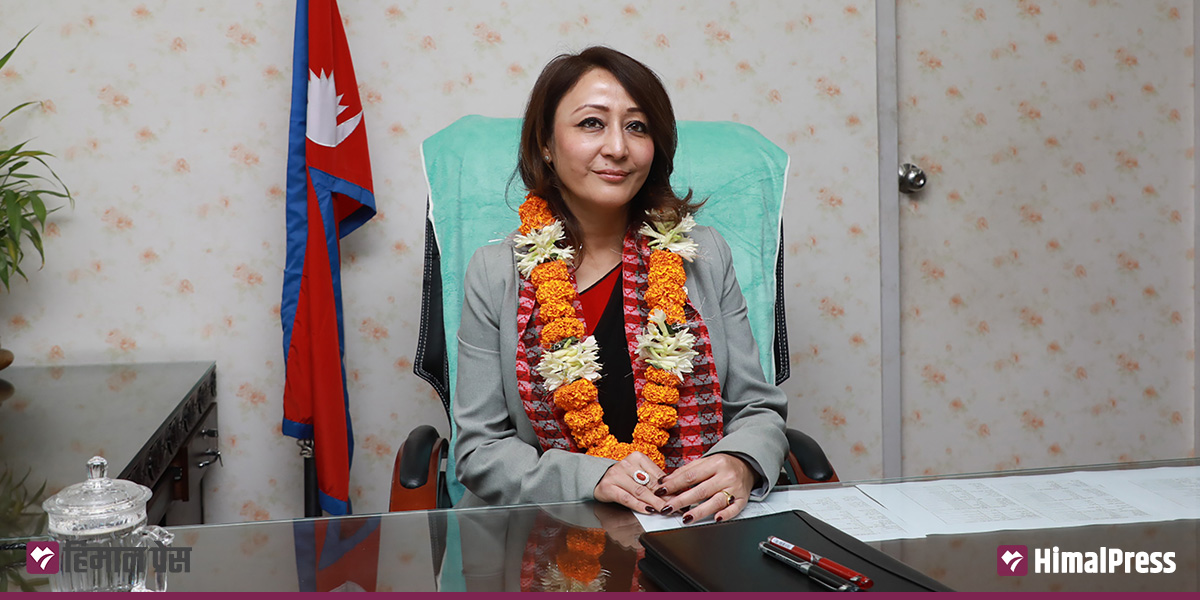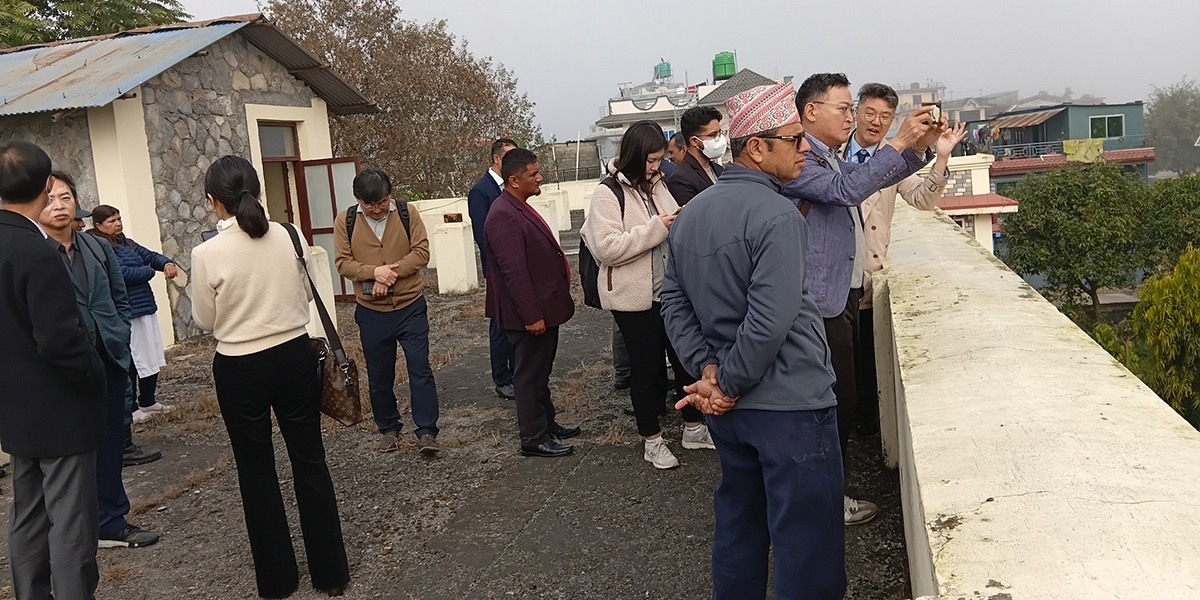 Morning prayers underway at Gagol Prasad Secondary School of Dhanusha. (File Photo/HimalPress)
Morning prayers underway at Gagol Prasad Secondary School of Dhanusha. (File Photo/HimalPress)
KATHMANDU: Out of every 100 students who enroll in Grade 1, only 33 appear in Grade 12 examination, according to a flash report released recently by the Center for Education and Human Resources Development (CEHRD).
The report indicates that approximately 1.5 million students are enrolled in Grade 1 every year. However, this number drops to around 500,000 during the Secondary Education Examination (SEE) or Grade 10 examination. The number further drops to a little above 300,000 in the Grade 12 examination.
According to officials of the Ministry of Education, Science and Technology, students drop out of school due to poor financial conditions, migration, child marriage, the bad conduct of teachers, and the distance of schools from villages. Other reasons include having alcoholic parents and the need to involve in household chores.
Nabaraj Neupane, the principal of Kalinchowk Secondary School of Dolakha, said parents who work as daily wage earners often change their children’s schools. “Most of them quit studying early. Unfortunately, the government does not have any programs to educate and create awareness among parents,” he added.
Shankar Babu Shrestha, the chief of the District Education Coordination Unit, Dolakha, states that children often drop out of school when their parents migrate in search of better opportunities. He added that many schools witness a drop in the number of students in Grade 10 compared to Grade 9.
The District Education Coordination Unit, Rolpa, has also been seeing a similar situation. In 2021, the number of students, who filled up the registration form for the SEE examination in Grade 9, dropped by 630 by the time they reached Grade 10. According to the unit, 41 students dropped out from Bal Kalyan Model Secondary School in Rolpa Municipality alone.
Shankar Babu Shretha, the chief of District Education Coordination Unit, Dolakha, states that children often drop out of school when their parents migrate in search of better opportunities.
Officials from the unit state that the majority of the dropouts come from children whose parents have moved to foreign countries or urban areas in search of employment. School principals note that most of the children who drop out belong to the Dalit community and marginalized groups. The increasing dropout rate has raised concerns about the quality of education in Nepal, according to stakeholders.
The Constitution of Nepal, 2015, has assigned the responsibility of school education to local units. However, there is confusion over distribution of responsibilities due to the lack of a Federal Education Act.
Dropouts go unabated
Deepak Sharma, the spokesperson for the Ministry of Education, Science and Technology, admitted that the ministry has been unsuccessful in reducing the school dropout rate. He suggested that since school education is now the responsibility of local governments, they should take more accountability to keep children in school.
According to CEHRD, there are currently 5.32 million children enrolled in grades 1 to 8 across the country, with an additional 1.77 million in secondary education (grades 9-12). The admission rate was 96.9% for primary level , 95.1% for basic level, and 54.3% for secondary level in the current academic session. Similarly, the school retention rate up to Grade 8 was 85.1%, up to Grade 10 was 66.1%, and up to Grade 12 was 33.1%.
Nepal’s literacy rate stands at 76.2% as per the 2022 census. This means that 23.8% of the total population, or 6.94 million people, are illiterate. Experts suggest that reducing the school dropout rate is crucial if Nepal is to achieve 100% literacy.
According to data from the education ministry, UNICEF, and the World Bank, about 97% of children in the 5-9 age group are admitted to primary schools. Although the government has been launching a campaign to increase enrollment in Grade 1, stakeholders claim that the campaign has not been very effective.
Nepal’s literacy rate stands at 76.2% as per the 2022 census. This means that 23.8% of the total population, or 6.94 million people, do not know how to read and write.
Education expert Bidyanath Koirala stated that almost 3% of children are out of school due to social and economic reasons. “Most of these children come from marginalized families,” he said, emphasizing the need to improve the teaching and learning environment to retain children in school.
Koirala also said that the government’s efforts to improve school education through different plans and programs have been largely ineffective. He believes that students should be taught skills in addition to traditional subjects. “Girls often leave school once they start menstruating. Schools should provide sanitary pads free of cost to address this issue,” he said. “As Dalit students are dropping out because of discrimination, efforts should be made to improve their situation.”
Koirala also noted that ineffective teaching contributes to students quitting school. He suggested providing necessary training to teachers. “Schools should also create a conducive environment for students to learn effectively,” he added.
The Education Review Office under the education ministry has assessed that learning achievements in Grades 3, 5, and 8 are unsatisfactory. To improve this situation, experts have recommended that the government arrange tech-friendly teachers who can effectively integrate technology into the learning process, leading to better learning outcomes.



